Happy St. Patrick’s Day! Today, the Chicago River runs green, revelers sip green beer, and millions of people around the world don the color of the Emerald Isle. If you forgot to wear your favorite green shirt, ask this question before you fall victim to a pinch – should we be wearing blue instead?
St. Patrick’s Day has long been associated with green, and rightly so; it is one of three colors in Ireland’s flag, the shamrock is the symbol of St. Patrick, and the country is known for its lush verdant countryside. Yet surprisingly, Ireland has a longer association with the color blue. The mythical Irish sovereign Flaitheas Éireann was represented in national heraldry as a woman dressed in blue robes,[1] and St. Patrick himself is shown in religious artworks wearing blue vestments. Henry VIII declared himself the King of Ireland in 1541 and designed a new coat of arms to further establish his rule: a golden harp on a blue background, which still appears on the Constitution of Ireland and the Presidential flag.[2] In 1783, King George III initiated the Order of the Knights of St. Patrick; members wore pale blue robes in a shade now known as “St. Patrick’s Blue.”[3]
So why are you surrounded by green this St. Patrick’s Day instead of blue? As citizens of Ireland grew more committed to home rule, blue came to represent English authority – after all, King Henry VIII designed the coat of arms, and King George III created the Order of St. Patrick. To deviate from British blues and reds, the Society of United Irishmen embraced the shamrock and the color green as a symbol of the 1798 Irish Rebellion. Soldiers wore green on their uniforms and adopted “The Wearing of the Green” as the nationalist ballad.[4] The color’s association with Irish pride and culture traveled to the United States throughout the 19th century, where immigrants celebrated their homeland with joyful St. Patrick’s Day parades and of course, plenty of green.
In honor of St. Patrick and all things Irish, we present a selection of emerald-hued objects from the FIDM Museum Collection – and don't miss this 2010 post on famous Irish fashion designer Sybil Connolly. Sláinte!
Oscar de la Renta
c. 1969
Metallic Brocade
Gift of Alexis G. Scharff
2001.633.1
Evening gown
1855-1860
Silk gauze with ribbon
Gift of Jane M. Gincig and Patricia Larson Kalayjian
S2011.1087.189
James Galanos
c. 1955
Silk satin
S2007.894.1A-C
Marc Bohan for Christian Dior
Fall/Winter 1964-1965
Silk chiffon crepe with silver metal/clear plastic paillettes
Gift of Betsy Bloomingdale
77.116.4
"Kate Greenaway" girl's bonnet
1880-1889
Silk satin
Museum purchase
2004.5.11
Women's boots
1850-1855
Silk brocade, damask, and leather
Gift of Barbara Bundy
2006.37.3AB
Gianfranco Ferré for Christian Dior
c. 1993
Gouache and watercolor on paper
Gift of Betsy Bloomingdale
SC2009.116.353
[1] “Heraldry in Ireland,” National Library of Ireland, http://localhost/csstest/heraldry_mess2htm.htm.
[2] Shaylyn Esposito, “Should We Be Wearing Blue on St. Patrick’s Day?” Smithsonian Magazine, March 17, 2015, http://www.smithsonianmag.com/arts-culture/should-st-patricks-day-be-blue-180954572/.
[3] Ibid.
[4] Ashley Ross, “The True History Behind St. Patrick’s Day,” Time Magazine, March 16, 2016, http://time.com/4261456/st-patrick-day-2016-history-real-saint/.

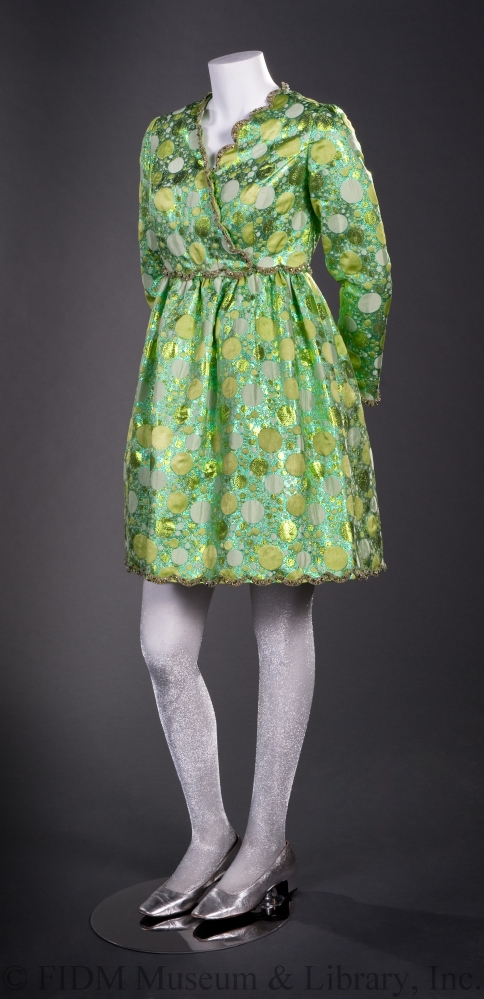
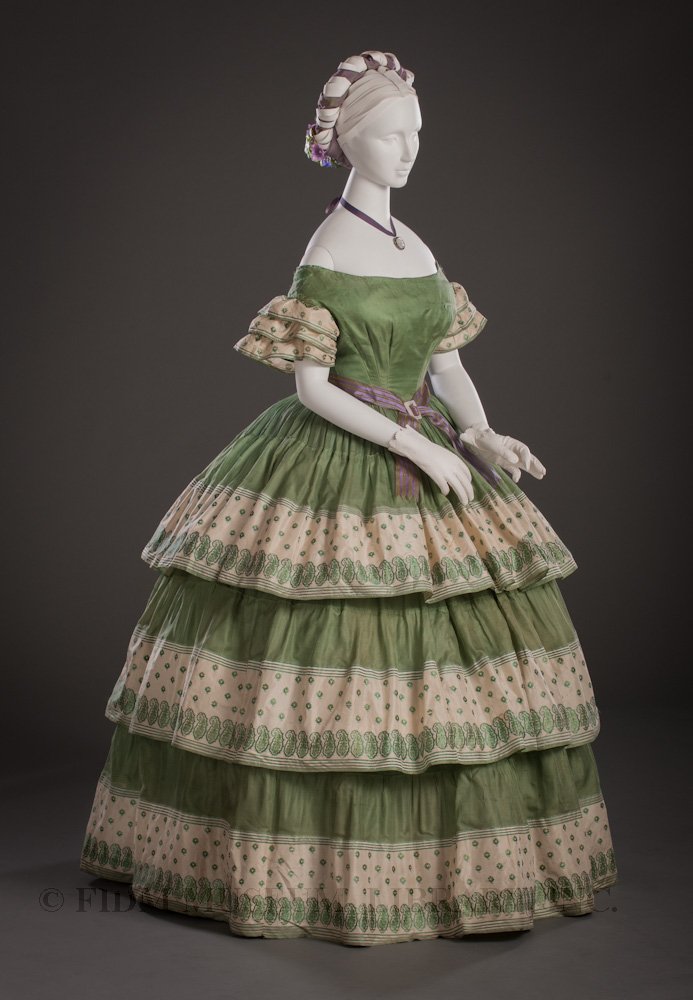
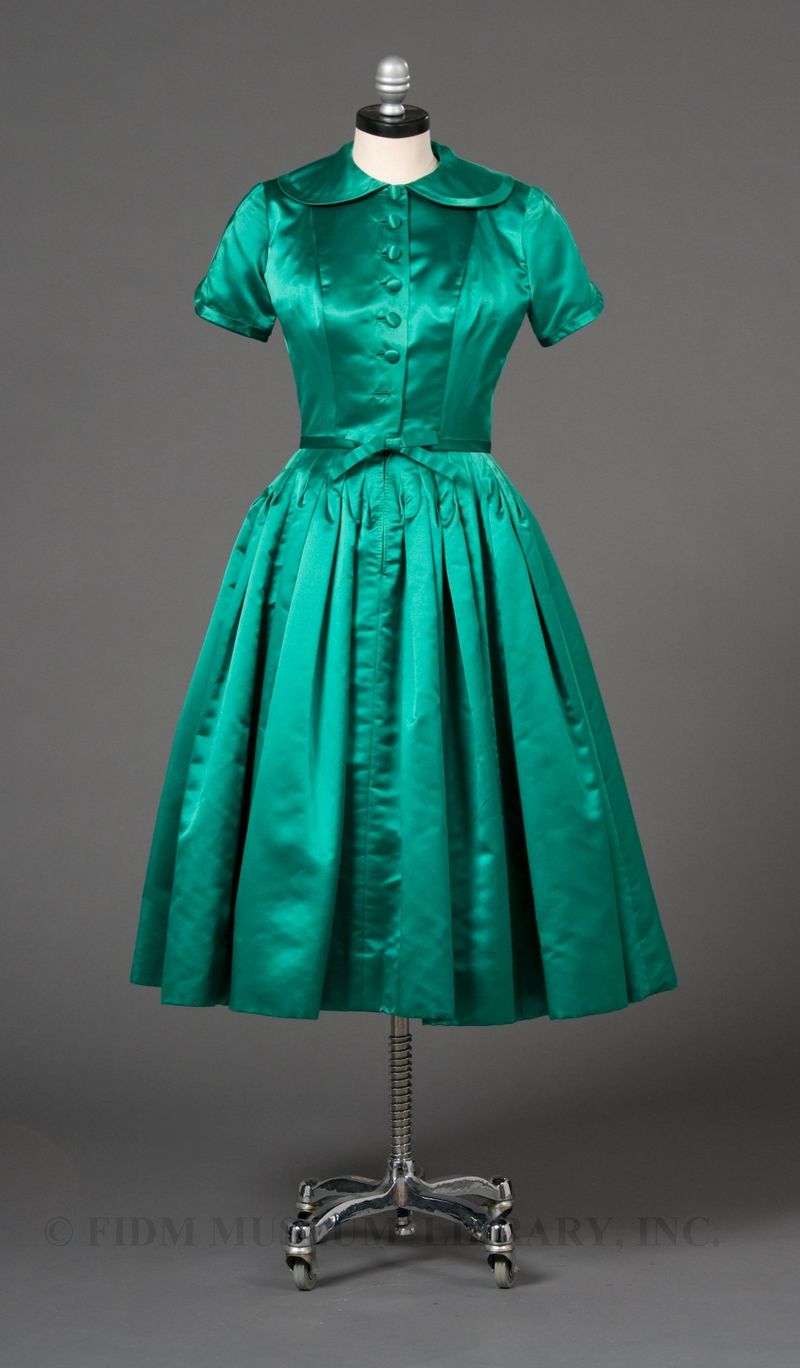
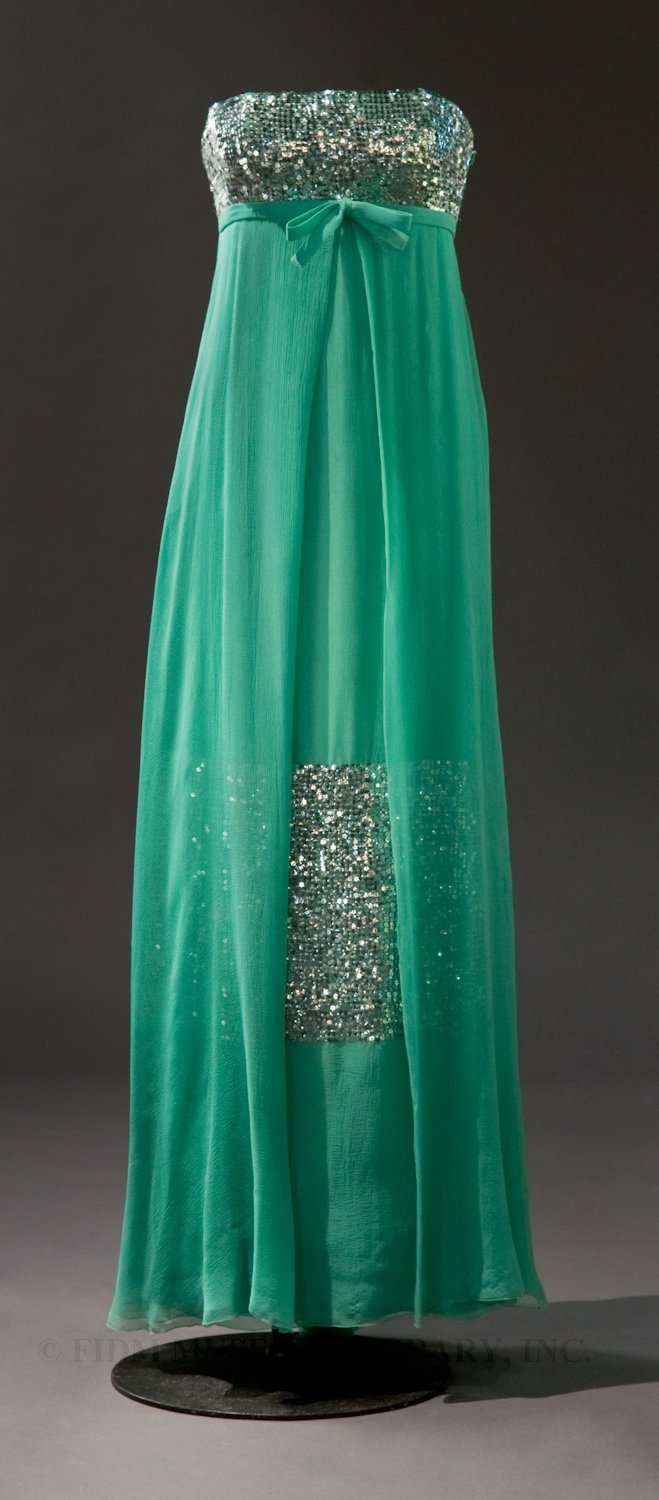


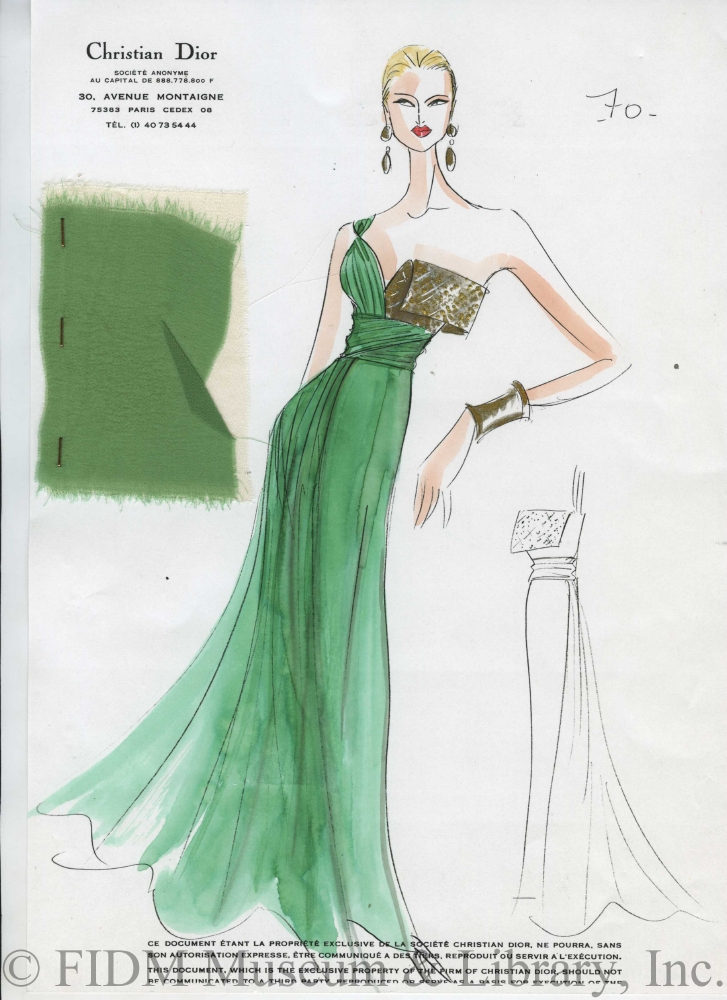

A very interesting and thoughtful article. I love the different shades of green that was shown on the dresses and the delicacy of the shoes.
Is there an official shade of green or can you have the luxury of picking any shade of green?
I’m only just getting back into liking green again. I wore a horrid bottle green as part of my school uniform and that was enough to put me off green for life.